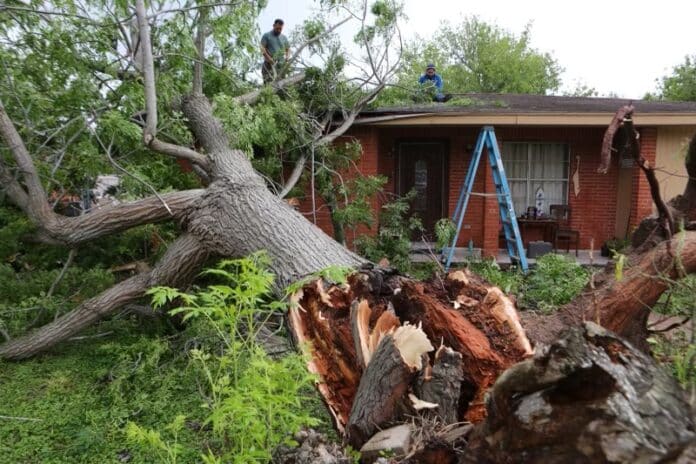
The Texas Windstorm Insurance Association took important action on Aug. 3 to increase rates for its policyholders by 5%. Recommending the increase in many ways was a hard vote for the board of TWIA, the wind insurer of last resort on the coast, given the vocal opposition from a number of coastal residents and elected officials.
TWIA policyholders understandably are probably not happy they will pay more for windstorm coverage — no one ever wants to pay more for insurance. The average premium increase will be about $80 a year, less than $7 per month (based on the average TWIA policy premium of $1,600). Of course, this is an average; people with higher premiums will pay more, while those with lower ones will pay less.
At the TWIA hearing where the increase was adopted, speakers described the economic hardships of recent years brought on both by catastrophic weather events and the ravages of COVID-19. Others spoke of the vulnerability of the booming economy of the coast to labor shortages and the fact that Texans of modest means who work to serve that economy must be able to live on the coast. All of these comments were important for the board to consider, and made for a tough decision.
In other respects, however, the need for the decision was crystal clear. As we all watch the weather reports during this hurricane season and have seen the damages wrought by storms over the years, the increase seems reasonable, given that it will improve the odds that claims on TWIA policies to be paid in full should a storm hit.
The last TWIA increase was in 2018, and rates have been actuarially unsound (insurance talk for “woefully low” compared to potential claims costs) for years. TWIA’s own most recent study, released in July, found that residential rates are 38.8% too low, while commercial rates are 45.9% too low.
Under state law, TWIA is required to operate just as private insurance companies do when it comes to its responsibility to pay claims and its adherence to insurance principles that require it to rate according to risk. TWIA must consider the best available data to understand, plan for, and price for the real economic dangers posed by Texas’ hurricane exposure.
Right now, TWIA clearly is not meeting this standard. In fact, in recent years, TWIA has drifted further from the shore of financial solvency, relying too much on the excess funding mechanism adopted by the Texas Legislature that includes bonds, reinsurance and assessments on private homeowners’ insurance companies operating in Texas.
There is no free lunch here — costs for bonds, reinsurance and assessments are ultimately borne by insurance policyholders both on the coast and throughout Texas. More importantly, this extra funding is not unlimited. If a serious storm hits Texas, it could use up all of TWIA’s current cash and the extra funding described above, resulting in a shortfall of funds to pay TWIA claims.
So, from the standpoint of its insurance responsibilities under the law, the logical vote by the board would be for a massive rate increase.
The TWIA board instead took the 5% increase, balancing the clear financial needs of TWIA with the human needs of those on the coast. The board chose careful incrementalism over a potentially destructive rush to solvency or a head-in-the-sand denial of TWIA’s financial problems. They chose the only way to make sure TWIA can keep paying claims while avoiding sticker shock for its policyholders.
Either way, the board took the hard vote. But it was the right vote for TWIA and Texans.
Beaman Floyd is executive director of Texas Coalition for Affordable Insurance Solutions.



